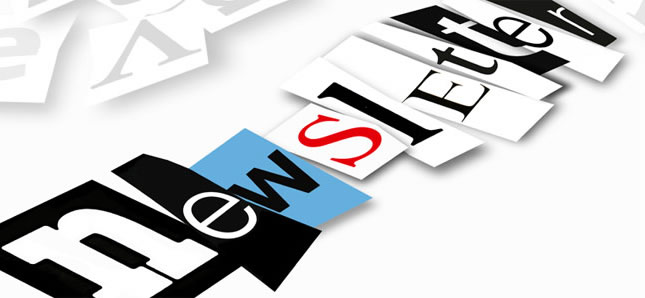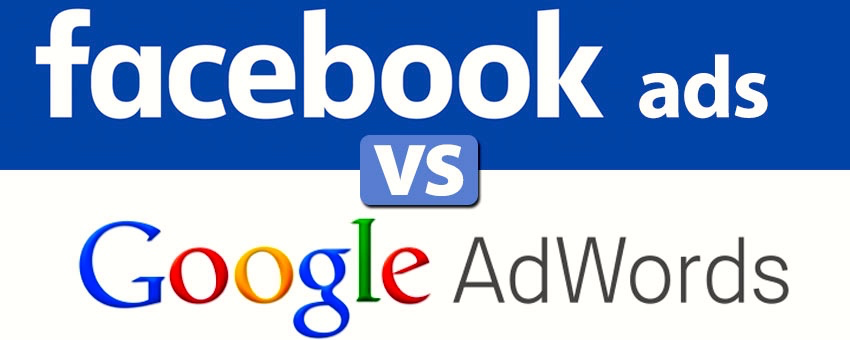Here's a quick overview to help business owners and stakeholders understand…

Newsletters 101: Do’s and Don’ts
A friend of mine would spend hours creating newsletters using a word doc. Typically three pages long, it was emailed from Outlook to customers. Although it contained good information, it was too much and too hard to read, looked terrible and took a full day to create. To make matters worse, there was no way to know how many people opened or read the newsletter.
Most of us get countless newsletters but open only a few. They can be extremely effective, especially for trade groups, industrial and manufacturing sectors, and niche markets. But, only if they offer useful or interesting content created for the short attention spans of today’s consumer, and crafted leveraging technology.
You have 8 seconds to capture consumer interest. Without an interesting headline and useful information, you’ll be ignored. Keep it short and to the point. Just like you, people are busy with no time for anything that doesn’t spark interest or make their life better.
Use an online service like Mail Chimp or iContact. Free or pay services are available depending if want to “just get by” or be awesome. You’ll know who opened the newsletter and how long they viewed which content. Without data, it’s impossible to gauge impact and relevance. Content should link to your website or blog and contain a call-to-action.
Sending newsletters from your email client is okay – sometimes. This can be very successful depending on then size of the newsletter to be sent, but it should always be in email form, contain no graphics and no more than two links. Otherwise, your newsletter will likely wind up in the spam or junk mail folder. If brevity isn’t your thing, keep the email short and attach a PDF document. Never use a WORD doc, as it lacks professionalism and that’s not good for any business. Keep the email short with headlines only that link to your website or blog.
Use easy to read, common fonts and plenty of white space. Hard to read fonts in multiple colors and sizes and using too many bold, underlined, italicized or highlighted text annoys readers and lacks sophistication. Use basic fonts like Arial, Calibri, Tahoma and Veranda that are supported on most browsers and software.
Prove you’re the expert. Providing information that’s useful to consumers has the best chance of being consumed, saved and shared. In the process, you’ll become the go-to resource when folks need expert advice or services.
You have great content. Doctors, Mechanics, Lawyers, Carpenters, Accountants, Salesmen, Musicians – everyone has content that interests people. Too busy to blog? Great! Hire someone to blog for you.




This Post Has 0 Comments